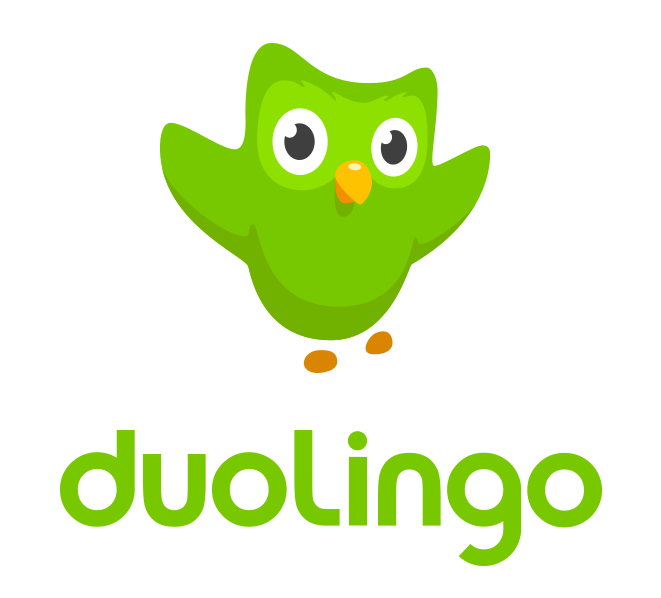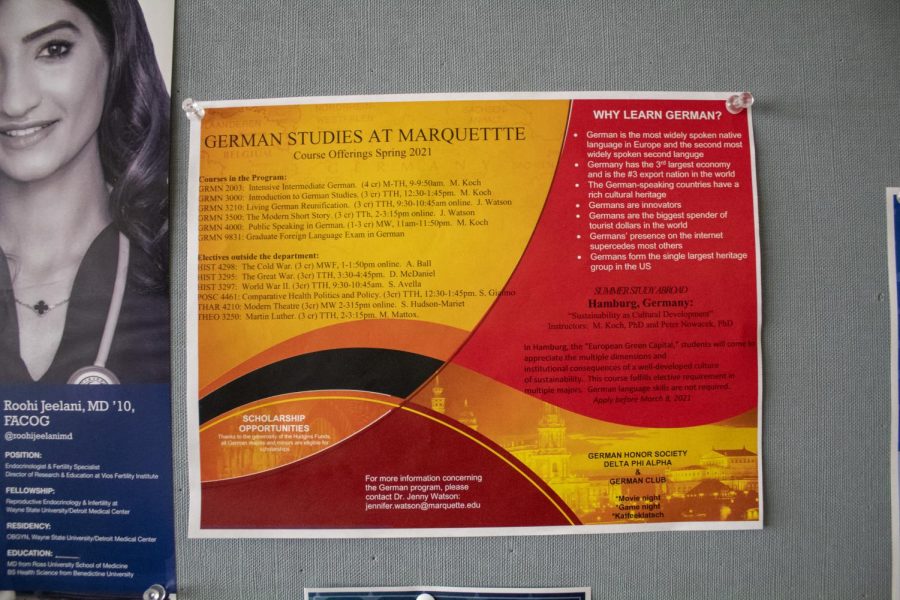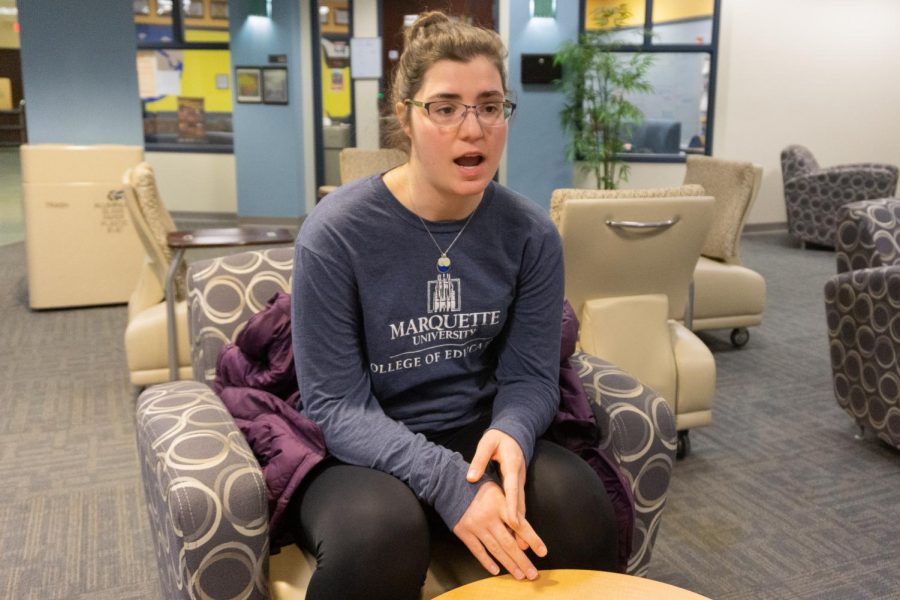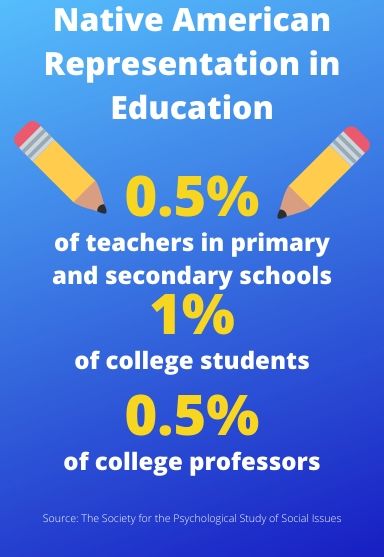Over the summer I made it a goal to teach myself Portuguese. No classes, no academic books, no teachers. This was a journey, and at the end of it, I was adequately knowledgeable about the language. The best part? I never spent a dime.
Why did I want to learn Portuguese? Well, I was interested in Brazil while I was in South America studying abroad in Buenos Aires for four months. While I was building up my speaking skills, I was curious about the mysterious country whose border was roughly 300 miles from the Argentine capital. The sound of it was so strange to my ears. It was like Spanish, French and Russian were all mixed into a bowl and out popped out Portuguese. So, over this summer I decided to understand this intriguing language.
This isn’t the first time I tried to teach myself a language. Back in high school I went to Paris with my family. A couple of weeks before we left, I bought a French dictionary, a French verb workbook and note cards, armed with the thought that it would make me learn French. I was honestly overwhelmed with the task — I didn’t even know where to begin. So when I finally arrived in Paris, I had learned a lot of words, but none of them were very common in casual conversations. I didn’t really learn French, I just learned a handful of words in the hope of speaking the language.
When I was trying to learn French I didn’t use the awesome resource of the Internet. My family had a computer in our kitchen, but I didn’t know how to use it for language learning, and I wouldn’t have been comfortable being in our crowded kitchen yelling “Bon Jour!” at the screen.
I have a laptop now, and it’s easier to access the Internet more than ever. In a study by marketing firm Refuel, 85% of college students have laptops, with students averaging at about seven electronic devices owned. So wherever you are, language knowledge is available to you as immediately as turning on your phone.
My four-month journey of learning Portuguese was made possible by “Duolingo.” Developed by Carnegie Mellon Computer Science Professor Luis von Ahn, Duolingo is an app for IOS and Android that provides free language lessons for many languages. The best part about it is that each lesson is broken down into small sections easy to digest and retain. They go over basics and progressively become more complex. To keep things interesting, users have the option to view and translate a Wikipedia article. Its motto is “learning by doing.”
On YouTube, the channel “Easy Languages” follows interviewers from all over the world walking around asking locals simple questions. It’s great because it’s direct immersion into the language without even buying a plane ticket. Each video is about six minutes long with subtitles in English as well as the target language.
Thanks to these two resources, I was able to start my journey with a firm grasp in Portuguese. It was something I worked for. It requires a sense of discipline, the words can’t be remembered without some enthusiasm.






